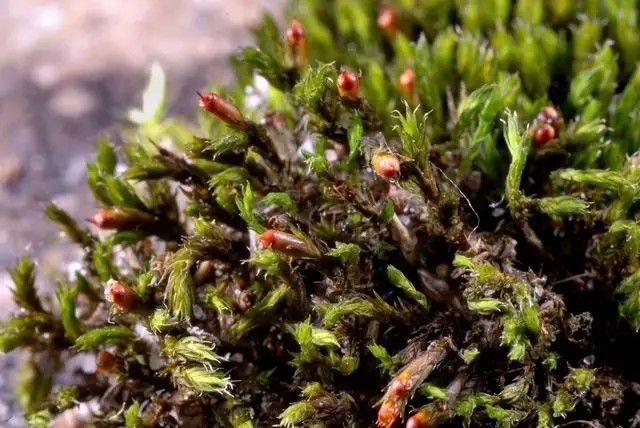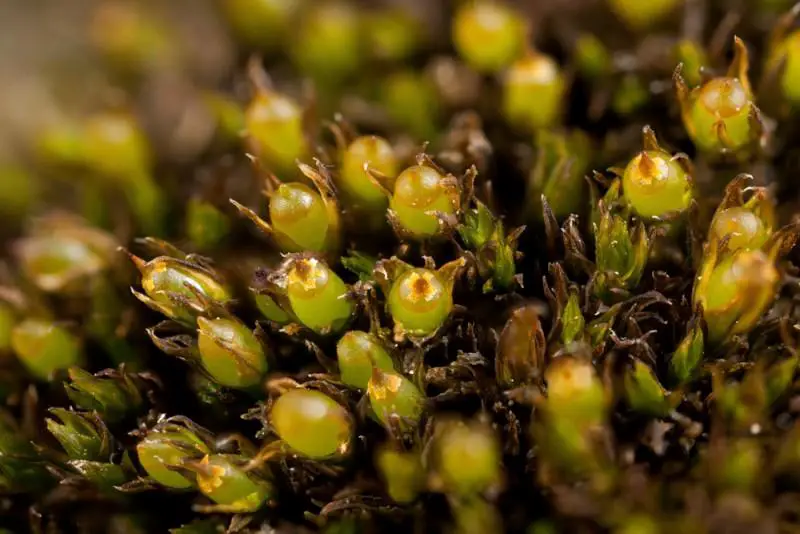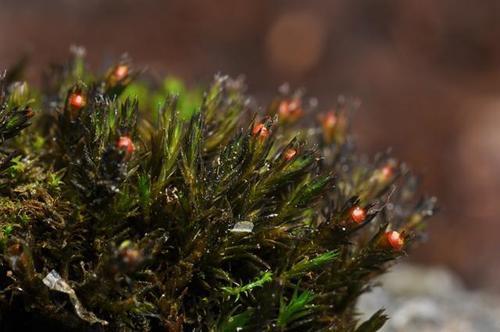
large.jpg from: https://www.inaturalist.org/guide_taxa/225523
Introduction
In the vast and captivating world of bryophytes, one particular moss species stands out for its resilience and adaptability – the Schistidium boreale Poelt. Belonging to the Grimmiaceae family, this unassuming yet remarkable moss is commonly referred to as Schistidium. Despite its diminutive stature, it plays a crucial role in various ecosystems, making it a subject of great interest for enthusiasts and researchers alike.
Background
Before delving into the intricacies of Schistidium boreale Poelt, it’s essential to understand the broader context of bryophytes. These non-vascular plants, which include mosses, liverworts, and hornworts, are often overlooked but are vital components of many terrestrial ecosystems. They are among the oldest land plants, with fossil records dating back over 400 million years, and have adapted to thrive in a wide range of environments.
Main Content
Morphology and Identification
Schistidium boreale Poelt is a small, acrocarpous moss that forms dense, cushion-like tufts or mats. Its leaves are lanceolate to ovate-lanceolate, with a distinctive costa (midrib) that extends beyond the leaf apex, forming a short hair point. The leaf margins are often recurved, and the leaf cells are elongated and thick-walled, contributing to the plant’s remarkable drought tolerance.
One of the key identifying features of Schistidium boreale Poelt is its capsule, which is immersed or partially emergent from the surrounding leaves. The calyptra (a cap-like structure covering the capsule) is mitrate (conical and split on one side), and the operculum (lid) is obliquely rostrate (beak-like).
Global Distribution and Habitat
Schistidium boreale Poelt is widely distributed across the Northern Hemisphere, including North America, Europe, and Asia. It is particularly abundant in arctic and alpine regions, where it thrives on exposed rock surfaces, cliffs, and boulders. This moss is well-adapted to harsh conditions, such as extreme temperatures, desiccation, and high levels of ultraviolet radiation.
Despite its preference for rocky substrates, Schistidium boreale Poelt can also be found growing on soil, tree bark, and even concrete in urban environments, showcasing its remarkable adaptability.
Ecological Roles and Adaptations
Schistidium boreale Poelt plays a vital role in the ecosystems it inhabits. As a pioneer species, it is often one of the first plants to colonize bare rock surfaces, paving the way for other organisms to establish themselves. Its dense mats help to retain moisture and provide a microhabitat for various invertebrates, such as mites and springtails.
This moss is highly adapted to survive in extreme environments. Its thick-walled leaf cells and ability to desiccate and revive upon rehydration allow it to withstand prolonged periods of drought. Additionally, its compact growth form and the presence of pigments like carotenoids and flavonoids

Schistidium-apocarpum-800×534.jpg from: https://ohiomosslichen.org/moss-schistidium-apocarpum/
provide protection against harmful ultraviolet radiation.
Case Studies/Examples

medium.jpeg from: https://www.inaturalist.org/taxa/168569-Schistidium-crassipilum
One notable example of the resilience of Schistidium boreale Poelt can be found in the Canadian Arctic Archipelago. In this harsh environment, where temperatures can plummet to -50°C (-58°F) and winds can reach hurricane force, this moss thrives on exposed rock surfaces, forming vibrant green cushions during the brief growing season.
Another fascinating case study comes from Antarctica, where Schistidium boreale Poelt has been found growing on the continent’s exposed nunataks (mountain peaks protruding through glacial ice). These populations are believed to have survived through multiple glacial cycles, making them among the oldest living organisms on the continent.
Technical Table
| Characteristic | Description |
|---|---|
| Family | Grimmiaceae |
| Genus | Schistidium |
| Species | Schistidium boreale Poelt |
| Growth Form | Acrocarpous, cushion-like tufts or mats |
| Leaf Shape | Lanceolate to ovate-lanceolate |
| Leaf Margin | Often recurved |
| Leaf Cells | Elongated, thick-walled |
| Costa | Extending beyond leaf apex as a hair point |
| Capsule | Immersed or partially emergent |
| Calyptra | Mitrate (conical, split on one side) |
| Operculum | Obliquely rostrate (beak-like) |
| Habitat | Exposed rock surfaces, cliffs, boulders, soil, tree bark, concrete |
| Distribution | Northern Hemisphere (North America, Europe, Asia), Arctic, Alpine |
Conclusion
Schistidium boreale Poelt, a unassuming yet remarkable moss, serves as a testament to the resilience and adaptability of bryophytes. Its ability to thrive in some of the harshest environments on Earth, from the Arctic tundra to the Antarctic nunataks, is truly awe-inspiring. As we continue to explore and appreciate the diversity of life on our planet, this humble moss reminds us of the incredible tenacity and resourcefulness of nature’s smallest inhabitants.
Ponder this: If a tiny moss like Schistidium boreale Poelt can survive and even flourish in such extreme conditions, what other wonders of adaptation and resilience might be waiting to be discovered in the vast and fascinating world of bryophytes?